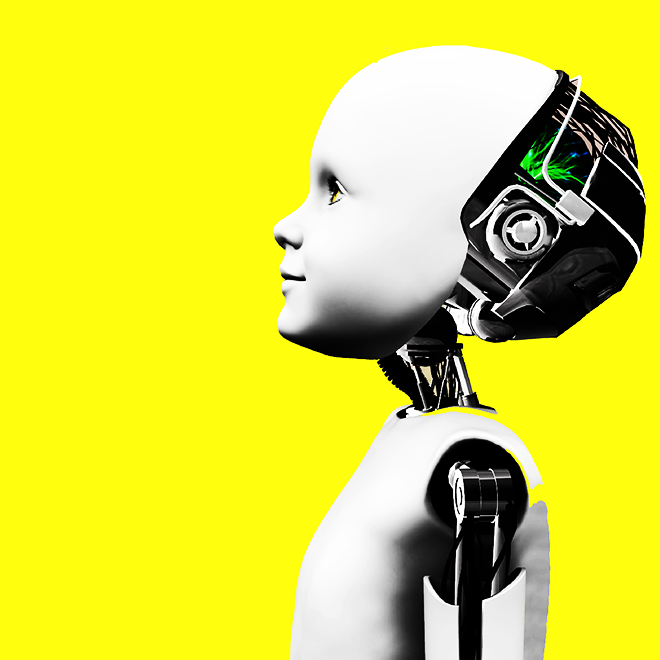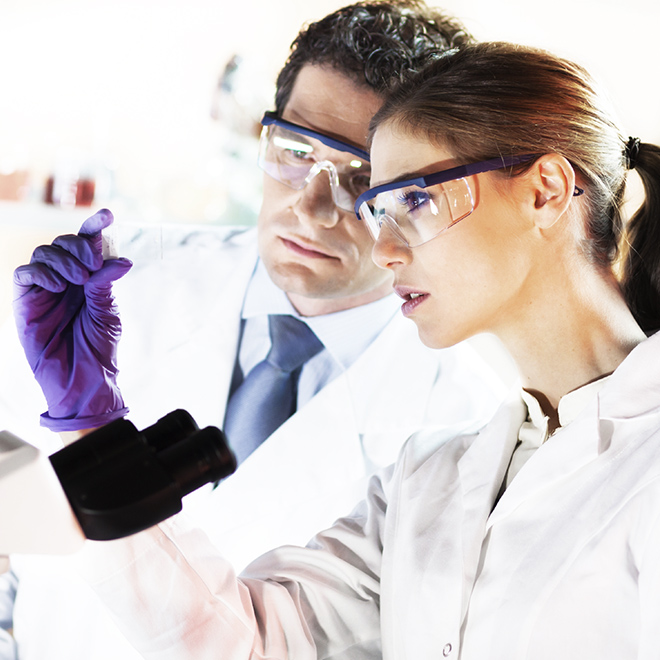
With all the end of the year lists barraging our feeds, Science’s editors have handpicked this year’s top-10 list of the most significant scientific breakthroughs. The annual list of achievements traditionally features advances in medicine, robotics, synthetic biology, and paleontology, to name a few, while past winners have included the discovery of the Higgs boson, cancer immunotherapy, and the first quantum machine.
The top-10 list for 2014 appears in today’s issue of the journal, but we’ve outlined the winners below for you. (You’re welcome.)
10. The birth of birds
It was only this year that evolutionary biologists figured out just how certain dinosaurs developed and evolved into many different types of birds and thus, survived the Cretaceous-Paleogene Extinction about 66 million years ago.
9. Using young blood to fight old age
With regards to the implications of aging, researchers found that blood from a young mouse can rejuvenate an old mouse’s muscles and brain. Now, the method is in testing for humans – if it holds up, factors in young blood could help fight the ill effects of aging in people.
8. Robots that cooperate
This year, several teams proved that robots could, after all, work together without any human supervision. (Scary? Cool? Welp!)

7. Chips that mimic the brain
Computer engineers launched the first large-scale “neuromorphic” chips, which echo the architecture of a human brain and are designed to process information similarly. The brainlike chips could revolutionize the way computers handle complex assignments.
6. The world’s oldest cave art
Researchers discovered that a cave in Indonesia, once thought to be 10,000 years old, housed hand stencils and paintings that were actually between 35,000 and 40,000 years old. The finding implies that humans in Asia were creating symbolic art as early as the first European cave painters, and “could rewrite the history of a key stage in the development of the human mind.”
5. Cells that might cure diabetes
Scientists have figured out how to turn human stem cells into functional beta cells – the insulin-producing cells of the pancreas – in order to combat type 1 diabetes in patients.

4. Manipulating memories
Using a technique that manipulates neuronal activity with beams of light, researchers managed to change the actual emotional content of memories in laboratory mice – turning “good” memories “bad” and so on.
3. Rise of the CubeSat
A record-breaking number of CubeSats, cheap satellites with sides that are just 10 centimeters squared, have been launched into space. The once considered educational tools have been sent up above into our galaxy order to do some “real science.”
2. Giving life a bigger genetic alphabet
All known life on Earth contains genetic information using four DNA letters: A, T, G, and C. But now, researchers have created new DNA bases in the lab, with the additional nucleotides of X and Y for an engineered E. coli. The synthetic bacteria can’t reproduce outside the laboratory, but is nonetheless considered an expansion of life’s genetic code – and a possibility for generating new microbes.

1. The Rosetta mission lands on a comet
Europe’s most ambitious space mission captured the public’s attention when it made major headlines in November as Philae, its lander module, touched down on the surface of comet 67P/Churyumov-Gerasimenko. Rosetta’s continuous orbit around the comet is helping scientists figure out how life began on Earth, and is seemingly quite deserving of the top spot on the list.


















